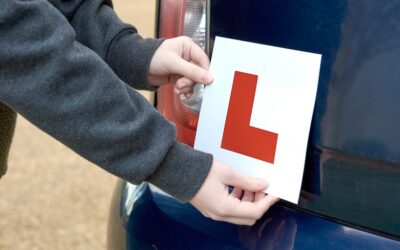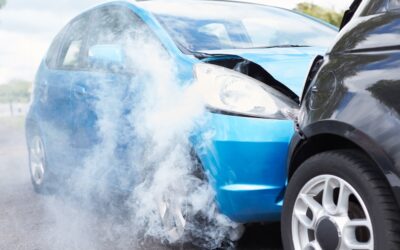Are you ready for winter? It is the season of dark nights and sudden temperature drops so if you plan on driving in winter, you must be prepared for anything.
This is your essential guide to getting your car or van ready for winter. We’ll discuss the checks and the preparations you should make now, with some ideas for how you can stay safe in the long-term.
The Essential Winter Driving Checklist
The trick is to be prepared. Due to the lower temperatures, breakdowns are more common in winter, so it’s all too easy to find yourself stuck or stranded. It’s much better to act on any potential issues now, before they become problems.
Here’s a few things you should check to ensure your car or van is ready for winter:
- Battery – You might struggle to get your car or van started on colder days, and that might be down to your battery: the chemical reactions needed to make your battery work can be slower in lower temperatures. If your battery’s more than five years old, consider getting it replaced, or at least recharged. This will make it more dependable on those frozen winter mornings.
- Fuel – In winter, if the road conditions get particularly bad you might get stuck in a long queue. Or you might have to take a long diversion to avoid a certain route. As a result, you should never let your fuel levels get too low in the winter. Make sure you always have at least a quarter of a tank to work with, so that you’ll have enough to get you through any situation.
- Other Fluid Levels – This is also a good time to check your antifreeze levels, and to ensure you’re using the right concentration for your car or van. And when did you last have your car or van serviced? If it’s been a while, a servicing will also enable you to ensure that you have sufficient levels of engine coolant, oil, and brake fluid. Don’t forget to check the windscreen washer, too!
- Lights – With the early sunsets and long dark nights, you’ll be using your lights more than usual in the winter months. So make sure they’re all clean and in good working order. And if any need replacing, now’s the time to replace them.
- Tyres – If things get wet or icy, you’ll need all the grip you can get from your tyres. So check each tyre’s tread depth, look out for any signs of wear and tear, and replace any tyre that needs replacing. If you’ve got a spare tyre, don’t forget to check that too. If you live in a particularly cold place, consider getting a set of winter tyres fitted. These offer extra grip and traction on icy surfaces.
- Windows – Clean every window in your car, paying particular attention to your windscreen. Check for any chips or scratches, and change your windscreen wiper blades if they’re leaving any streaks or marks.
Winter Car Checks
Some garages offer comprehensive winter car checks. If any are available in your local area, get your car or van booked in for a service. Professional mechanics will check every aspect of your car or van and take care of any potential issues.
The Winter Car or Van Kit
Even if everything’s in full working order, you may still breakdown in winter, or else find yourself stranded and stuck. So it’s a good idea to prepare a winter kit for your car, to ensure you’ll be prepared for any scenario.
Here’s what your winter kit should contain:
- A torch with spare batteries.
- Blankets, so you can keep warm while awaiting rescue. Consider packing some extra clothes too, such as gloves and waterproofs.
- Bottles of water and snacks, in case you have to wait a while!
- A shovel – if you get trapped in the snow, with a shovel you can clear the snow around your tyres.
- De-icer and an ice scraper.
And whether you are new to driver or not, here is our guide to driving in snow and ice.
Finally, consider adding breakdown cover to your car or van insurance policy. That way, even if you do break down, you can rest-assured that help will be on the way before long.




